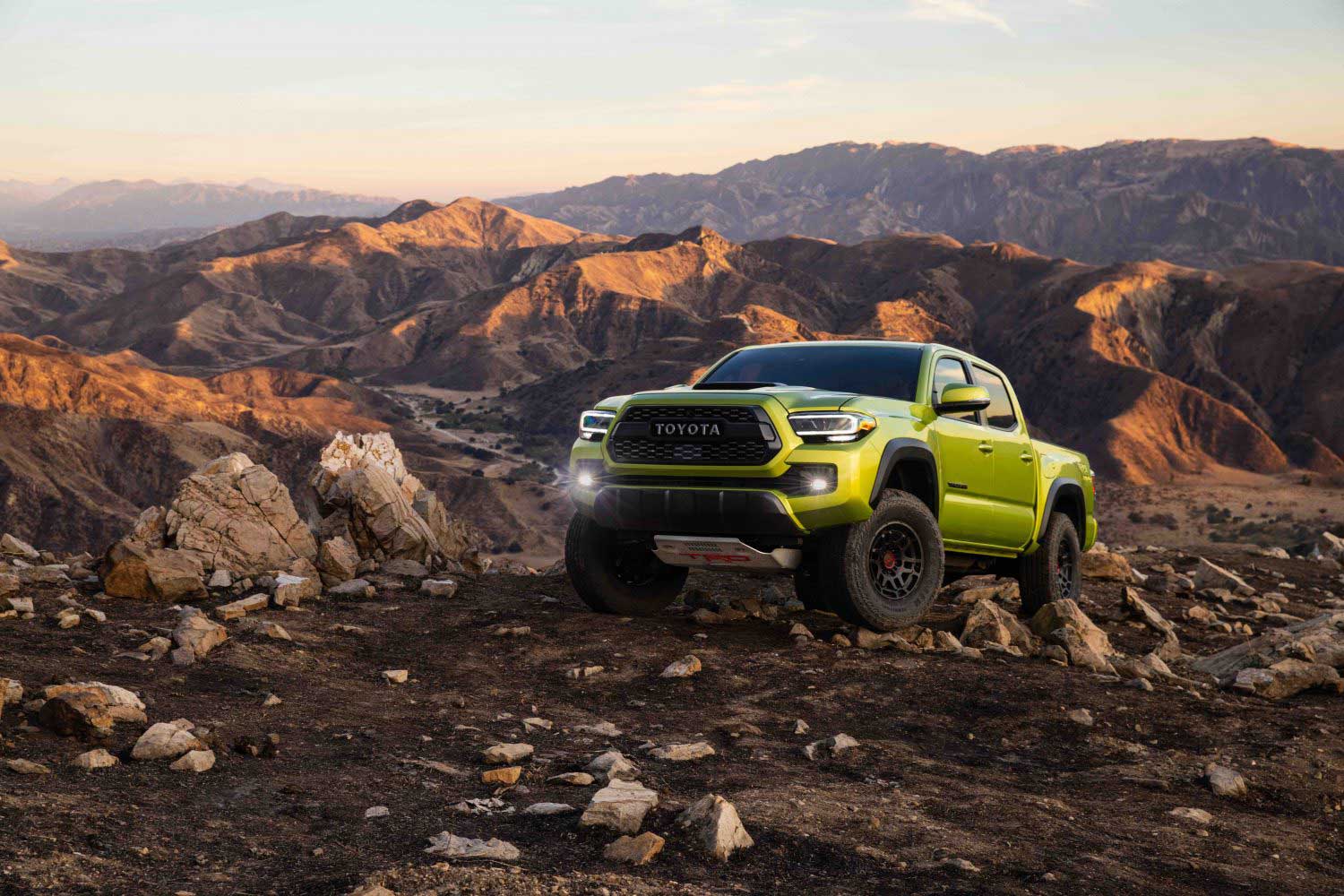How Does the Federal Reserve Interest-Rate Hike Affect Car Loans?
Quite simply, car buyers will have to pay higher rates.
 Toyota
Toyota
Already grappling with rising prices for new and used cars, consumers may have been alarmed by the news in June that the Federal Reserve would raise its benchmark interest rate by 0.75 percentage point to help curb inflation. Ultimately, this hike (and others projected for the year) will cause car-loan rates to increase.
What you’ll have to pay for auto financing, however, depends on many factors such as your income, credit score, loan amount, down payment, loan-term length, and more. Plus, auto loan lenders still offer numerous financing options for shoppers. If you’re in the market for a new vehicle, it pays to stick to a budget and check out purchase incentives to keep the vehicle price (and loan amount) low.
What Is the Federal Interest Rate?
The Federal Open Market Committee (Fed) meets eight times a year to review economic and financial conditions and discuss whether there should be any changes to monetary policy, including setting and adjusting the federal funds rate—that is, the rate a bank charges to lend its reserves to another overnight. The Fed may decide to lower or raise the rate to foster economic growth or control inflation. During the Great Recession, for instance, the Fed began reducing the benchmark rate to help stimulate consumer spending. In little more than a year, from August 2007 to December 2008, the number fell from 5.25% to near zero, where it stayed until late 2015. The interest rate rose gradually after that, but then COVID-19 happened and the Fed dropped it back down.
Now facing rampant inflation and the threat of a recession, the Fed is applying higher interest rates to help cool the economy. The latest rate hike closely follows two others—a 0.5 percentage point increase in May and a 0.25 percentage point rise in March—putting the current benchmark at 1.75%. Analysts anticipate the rate will push past 3.0% by the end of the year.
How Does the Federal Interest Rate Affect You?
You can think of the federal funds rate as a starting point for the U.S. prime rate, which informs what lenders charge consumers to take out personal loans. As the former goes up, so too does the latter and any interest rates based on it, including those for car loans. For example, on June 16, the prime rate was 4.75% and the average rate for a 60-month new-car loan was about 4.6% for a buyer with excellent credit (i.e., a score of 750 or higher).
This means that car shoppers can expect to see loan rates steadily increase this year. If you’re one of them, you can estimate how different interest rates will affect your monthly payment by using an online calculator. For example, if you buy a 2022 Toyota Tacoma TRD at $35,000 with 20% down and a 60-month loan at 5.0% should bring your monthly payments to about $528. At 5.5%, that amount rises to $535, and at 6.0%, it’s $541. Buying a $30,000 vehicle under the same terms would cut those payments by $75, $76, and $77, respectively.
Written by humans.
Edited by humans.
 Jim Koscs
Jim KoscsJim Koscs has been writing about cars for more than 30 years, his byline appearing in national enthusiast and trade publications, newspapers, and websites. He covers a broad spectrum of topics in automotive business, culture, collecting, design, history, racing, and technology. The "car thing" goes way back for Jim. At the 1968 New York Auto Show, he snuck away from his father to get a better look at a Rolls-Royce... from underneath it, to see if it had dual exhausts. (It didn't.)
Related articles
View more related articles